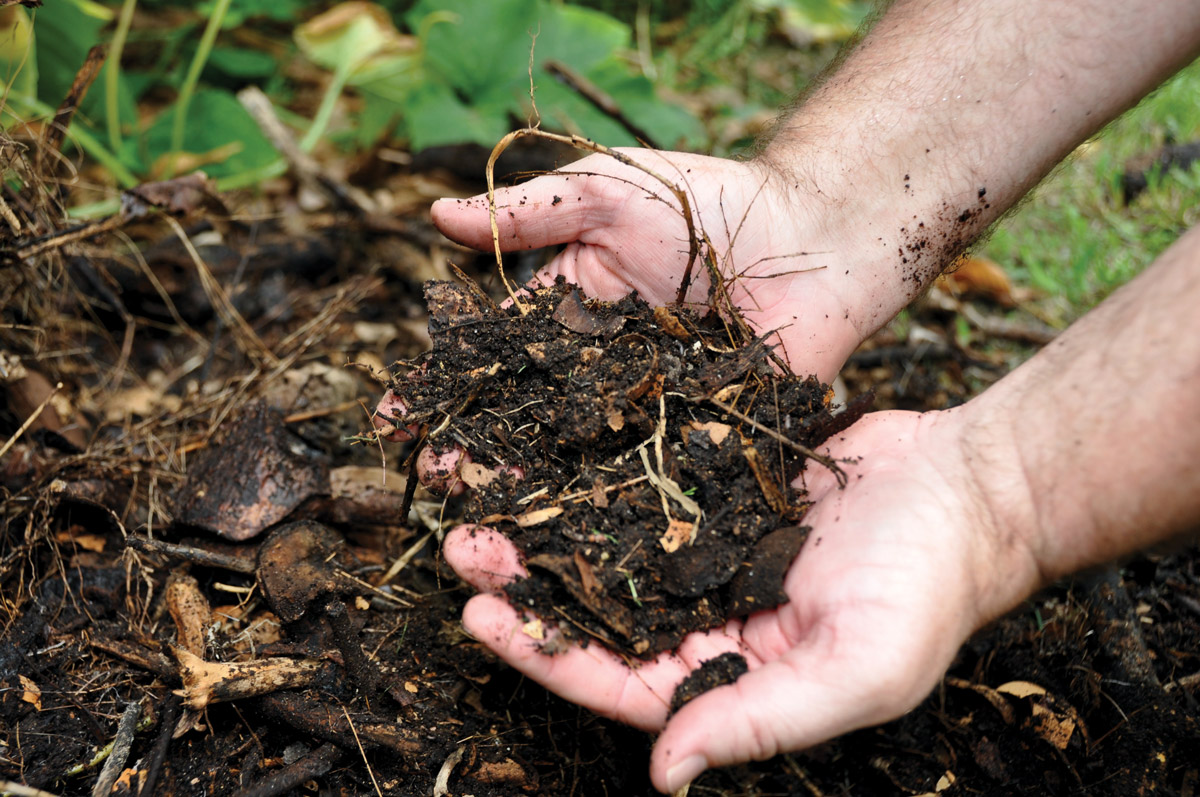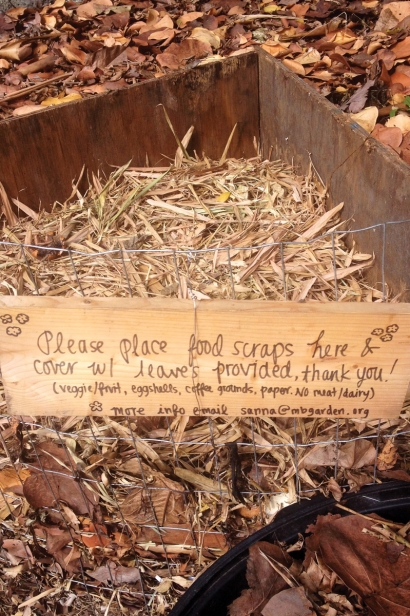Composting 101
If a tree falls in the forest, and no one’s there to hear it, does it make a sound? Of course it does. That philosophical question has never held my interest. Now, if you’re talking about what happens to the tree after it falls, you have my undivided attention.
Once a tree falls, it is consumed by the forest itself, and returns to the soil from which it came. A vast array of friendly decomposers from millipedes to fungi, combined with heat and moisture, work to break down the downed tree to a form that can be used again by the plants surrounding the fallen giant. In the forest, no one puts out granular fertilizer or sprays micro-elements. The trees and shrubs there look strong and healthy because nature’s circle of life turns fallen leaves, twigs and even entire trees into plant food. The forest floor is basically one gigantic compost bin.
If you want to eliminate the need for synthetic fertilizers, you can mimic nature by composting, a relatively simple process that can produce rich, natural plant nutrients. Just follow a few simple rules.
• Add any vegetable or fruit scraps, but not meats. Eggshells are okay. So are coffee grounds and coffee filters.
• Add any plant material, like lawn clippings. Alternate layers of fruit and vegetable scraps with plant material. The scraps will speed up the compost process for the plant material and the layered plant material will discourage rodents and other animals from finding the tasty scraps.
• Many types of compost bins will do the job, including sealed plastic bins with removable tops or sealed drums that are mounted so they can easily be turned. You can make your own bin by bending wire mesh a few feet tall into a circle and attaching the ends using zip ties. Even a pile of scraps layered with plant material on the ground works.
• Compost piles or bins are best in sunny areas. Sealing up or turning the compost is unnecessary because of our heat, but these techniques will accelerate the process. A well-sealed bin protects against animal intrusion.
• After your compost has been piled for three to four months, use a pitchfork on the pile and remove the nutrient-rich compost at the bottom of the bin. Newer additions to the bin may not have composted yet and can be left behind for the next round.
• Once you have your compost, place it around the drip line of your fruit trees or work it into your raised vegetable garden before you plant.
• Apply composting principles to your lawn, too. The more plant debris that you leave on your property to compost and put back into your yard and garden, the better. You’ll use less fuel use to transport and create less pollution, and there will be more space in the dump for other products.
• Lawn clippings compost well, but do need to be composted until they at least lose their bright green color before you apply them, as they will rob plants of nitrogen as they decompose. Cutting your lawn on the highest setting and letting the clippings go right back into the lawn is best as long as the cuttings are not too thick and piled or clumped where they will kill patches of grass.
Learn to Compost
Compost Corral
Miami Beach Botanical Garden
2000 Convention Center Dr., Miami Beach
While the recent Zika scare and spraying has put the Fertile Earth Foundation’s free Saturday composting classes on hold, the garden’s Compost Corral is still a Compost Hub open to food drop-offs when it’s open.
Composting How-To
Nov. 12, 10:30am-11:30am, West End Regional Library
Dec. 17, 11am-noon, Pinecrest Branch Library
UF Master Gardeners will teach you how to make organic soil from your own kitchen and yard waste. Workshop participants will receive a voucher (one per household, Miami-Dade residents only) for a free compost bin.
Online Composting Information
Find out more from UF/IFAS above.






